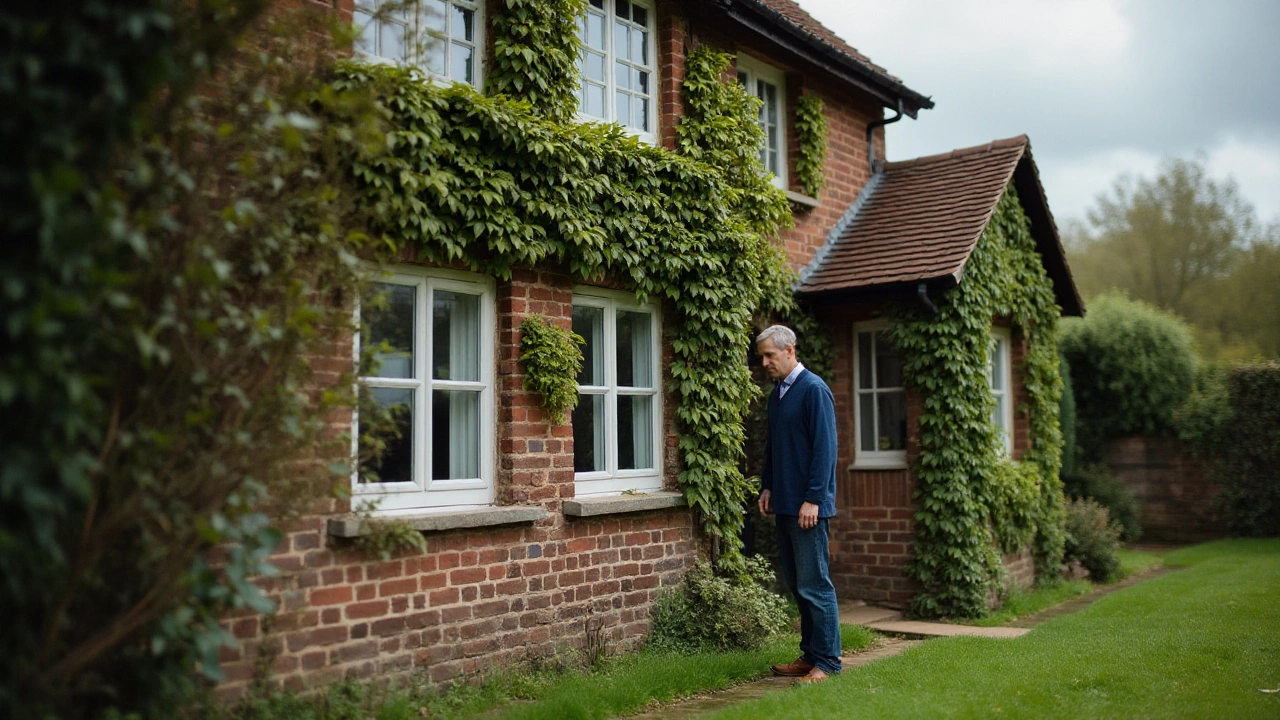Crack Fixing – Quick Tips to Keep Your Home Stable
If you spot a crack in a wall, floor, or foundation, you probably wonder whether it’s a big deal. The truth is most cracks start small and can be handled right away, but ignoring them can turn a tiny line into a costly repair. In this guide we’ll show you why cracks matter, how to tell the bad ones from the harmless, and what you can fix yourself today.
Why Cracks Matter
Not every crack means your house is falling apart. Hair‑line cracks in plaster or a single line in a concrete slab are often just normal shrinkage. The red flag cracks are those that keep getting wider, appear in a pattern, or show water seepage. If a crack is larger than ¼ inch, runs vertically along a foundation wall, or brings moisture into the basement, it’s time to get a professional involved.
Another thing to watch is movement. When the ground shifts, the foundation moves and cracks appear. This can happen after heavy rain, a new tree being planted, or if the soil under the house expands and contracts. Spotting these early saves you from structural damage later.
DIY Fixes You Can Do Today
For small, non‑structural cracks, a few simple tools are all you need: a hammer, a cold‑chisel, a wire brush, a bucket, epoxy or polymer filler, and a putty knife. Follow these steps:
1. Clean the crack. Use the wire brush to remove dust, paint, and loose bits. A clean surface helps the filler stick.
2. Widen a little. Gently tap the chisel to open the crack about ¼ inch wide and a few millimetres deep. This gives the filler room to bond.
3. Mix the epoxy. Follow the package directions – most epoxy comes in two parts that you blend together. If you prefer a polymer filler, just open the tube.
4. Fill the crack. Push the mix into the opening with the putty knife, making sure it goes deep. Over‑fill slightly so you can sand it smooth later.
5. Smooth and cure. Level the surface with the knife, wipe away excess, and let it cure for the recommended time (usually a few hours). Once hard, sand any rough spots and paint to match the surrounding wall.
If you don’t have epoxy, a simple cement‑based filler works for concrete cracks. Just follow the same cleaning and filling steps.
When water keeps leaking through a crack, the problem is often drainage. Check that gutters direct water away from the foundation, and consider adding a French drain if the soil stays soggy. Good drainage reduces pressure on walls and keeps new cracks from forming.
Sometimes you’ll need a stronger repair, like injecting epoxy into deeper foundation cracks. This job usually requires a professional who can drill small holes, pump the resin, and monitor the fill. It’s worth the cost if the crack threatens the structural integrity of the house.
Remember, fixing cracks early not only protects your home but also keeps its value up. A well‑maintained house sells better, and buyers notice a solid, crack‑free foundation.
If you’re ever unsure, call a local foundation specialist. Companies like Lime Hillock Construction Material Resources can supply the right limestone or repair‑grade aggregates for bigger jobs, and they often have trusted partners for structural fixes.
Bottom line: check every crack, clean it, fill it, and keep water out. Small steps now stop big headaches later.
The Best Methods for Fixing Foundation Cracks: Inside vs. Outside Solutions

Cracks in the foundation of a house can lead to significant concerns if left unattended. Deciding whether to address these issues from the inside or outside depends on various factors, including the extent of damage and specific circumstances of each home. Both methods have unique benefits and challenges. This article explores these options to help homeowners make informed decisions.
read more



